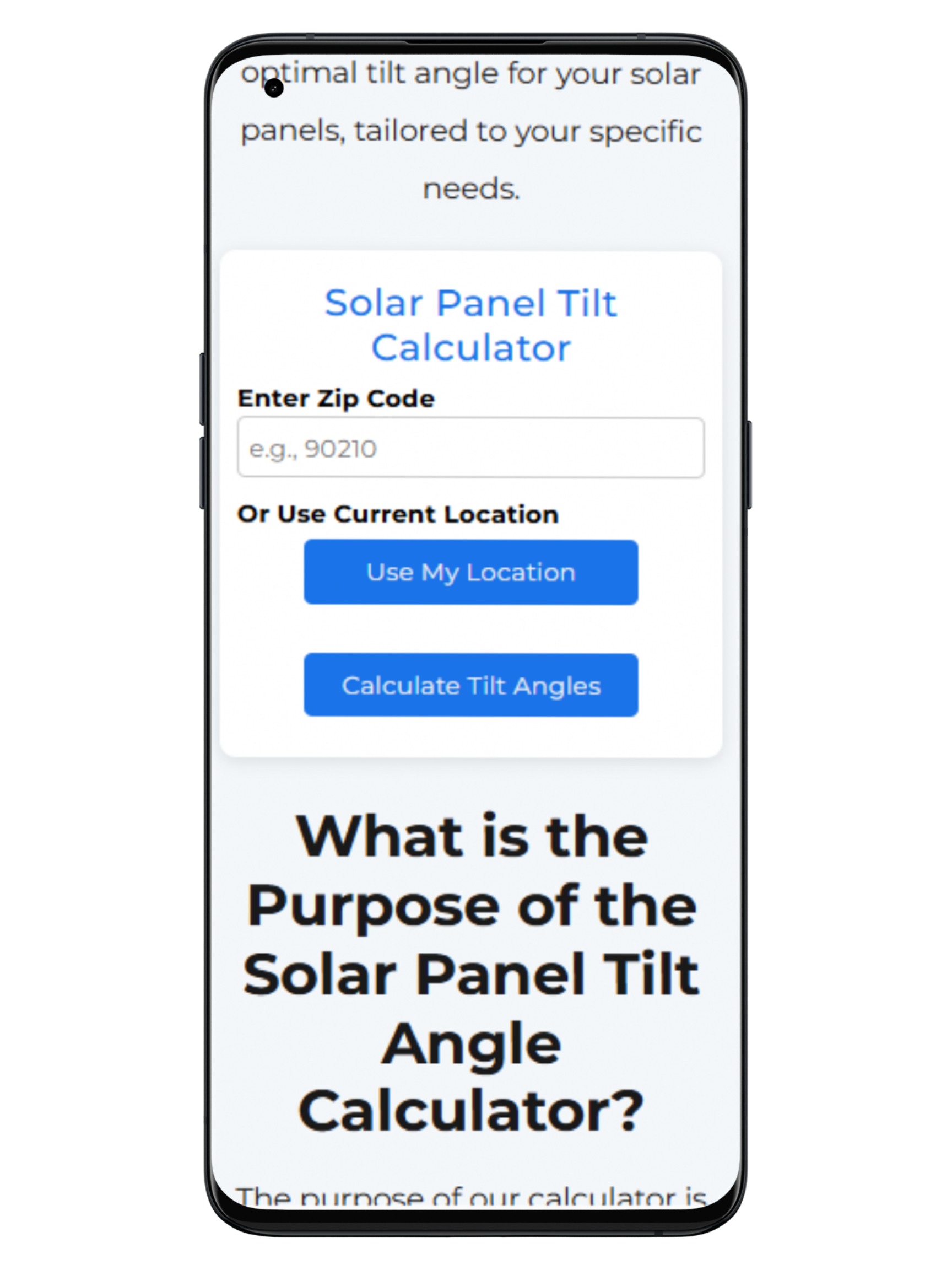Solar Calculator
Solar Charge Controller Calculator
Calculate Charger Control to find panel wiring configuration in series ad parell that increase power output.
Created By
Willmar Furgesin
Features
What Solar Panel configuration Tool Does
- Optimizes solar panel wiring in series, parallel, or hybrid setups.
- Calculates array Vmp, Imp, Voc, Isc, power output with temp/irradiance adjustments.
- Recommends MPPT controllers, inverters, wire AWG, fuses.
- Estimates daily kWh, battery Ah, system size, cost, payback.
What Problems It Solves
- Inefficient wiring: Reduces mismatch losses (5-50% in poor configs).
- Safety: Prevents overvoltage (Voc spikes), overheating (high Isc).
- Compatibility: Matches MPPT limits, battery V headroom.
- Undersizing: Calculates real yield with derates (temp, irradiance).
- Cost: ROI analysis for economic viability.
- Design errors: Automates NEC-compliant fuse/wire, hybrid balancing.
People Also Asked (PAA)
How to Calculate Solar Panel Output of Series & Parallel Wiring Configurations
o calculate solar panel output, first use the datasheet values of each panel (Vmp = voltage at max power, Imp = current at max power).
-
Series Wiring (increases voltage): Add up all panel voltages (V1 + V2 + … + Vn). The current stays the same as one panel (limited by the lowest Imp). Example: Two 12V, 5A panels in series = 24V, 5A.
-
Parallel Wiring (increases current): Voltage stays the same as one panel, but currents add together (I1 + I2 + … + In). Example: Three 18V, 6A panels in parallel = 18V, 18A.
-
Total Power: Multiply total voltage × total current → P = V × I.
This gives you the theoretical maximum wattage, though real-world output is reduced by shading, wiring losses, and inverter efficiency.
Try our free Solar Panel Series-Parallel Calculator to instantly compute total voltage, current, and wattage for any wiring configuration.
Wiring Solar Panels in Series or Parallel: Which Is Best?
The 20% rule suggests that for every 1° your tilt angle deviates from the optimal angle, you lose about 0.2% of your energy output. Our calculator ensures you stay as close as possible to the ideal angle to minimize losses.
What Solar Panel configuration Tool Does
- Optimizes solar panel wiring in series, parallel, or hybrid setups.
- Calculates array Vmp, Imp, Voc, Isc, power output with temp/irradiance adjustments.
- Recommends MPPT controllers, inverters, wire AWG, fuses.
- Estimates daily kWh, battery Ah, system size, cost, payback.
How do you calculate solar panel output
To estimate solar panel output, use this formula:
Daily Energy (Wh) = Panel Wattage × Peak Sun Hours × 0.75
-
Panel Wattage: Found on the panel’s label (e.g., 400W).
-
Peak Sun Hours: Average full-sun hours at your location (varies by region).
-
0.75 Efficiency Factor: Accounts for real-world losses like temperature, shading, dust, and inverter inefficiency.
Example: A 400W panel in a location with 5 peak sun hours produces:
400W × 5h × 0.75 = 1,500 Wh or 1.5 kWh/day.
What size of charge controller do i need?
To size a solar charge controller, divide your total solar panel wattage by the battery bank voltage to get the required amperage, then add a 20% safety margin and round up to the next standard size.
-
Step 1 – Calculate Amps:
Amps=TotalPanelWatts÷BatteryVoltageAmps = Total Panel Watts ÷ Battery VoltageAmps=TotalPanelWatts÷BatteryVoltage
Example: 200W ÷ 12V = 16.7A. -
Step 2 – Add Safety Margin:
16.7A × 1.20 ≈ 20A. -
Step 3 – Choose Next Size Up:
Select a 20A or 30A controller (whichever is standard/available).
Also ensure your controller can handle the maximum input voltage (Voc) of your panels and is compatible with your battery type. MPPT controllers are more efficient for larger or shaded systems, while PWM is budget-friendly for smaller setups.

Explore more with these related topics:
Ready to Optimize Your Solar Panels?
There are several online calculators can help you simplify solar installation and maintenance. Among the most accurate calculators, SolarSCalculator.com is the best resource to offer online calculators.